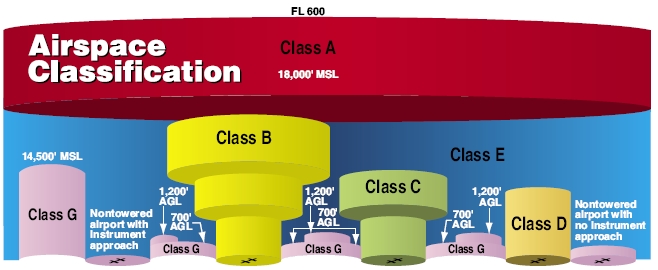In my experience at a military tower within Class C and an FAA run tracon, if anyone squawks their code prior to take off, we can see them on radar taxiing out the runway via their data tag on the scope. With other aircraft in the pattern this causes a problem with data tag overlap and it also causes problems with departure tag up because they squawked early. I can only say what goes on at MY air patch, yours obviously varies.
So when I fly out of Tucson International which uses the same tracon, I use the "lights, camera, action" method. I've had two incidents of turning my transponder on after I receive my squawk and before taxi (otherwise, I did what people are advocating here to leave it in ALT all the time) that when I actually took off they had problems getting my data tag to show up on radar.
So as a result, I don't switch to ALT until just before I pull out on the runway.




